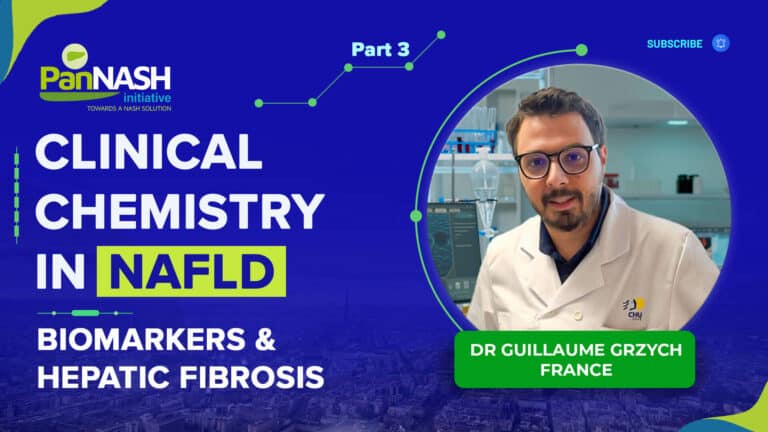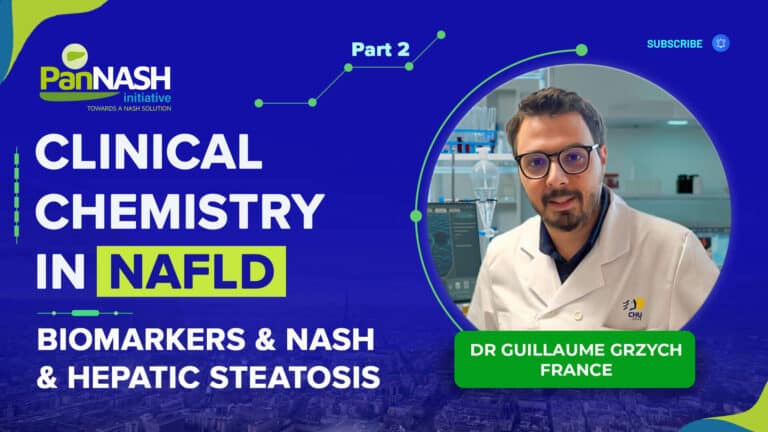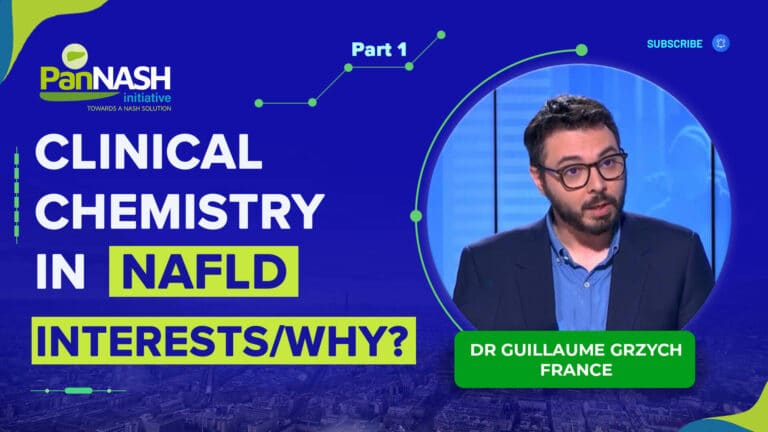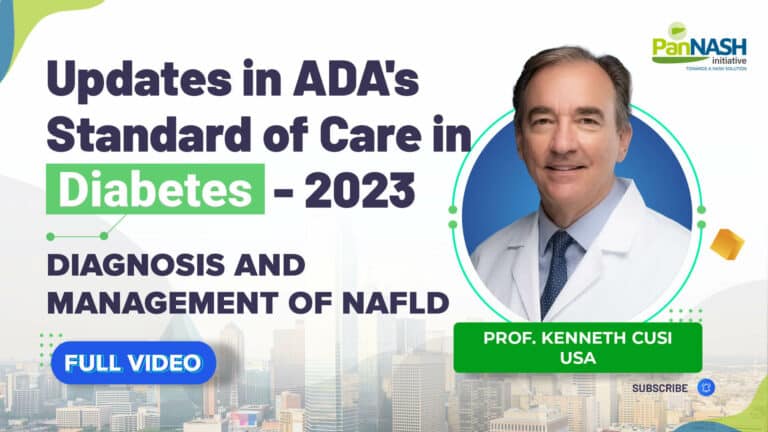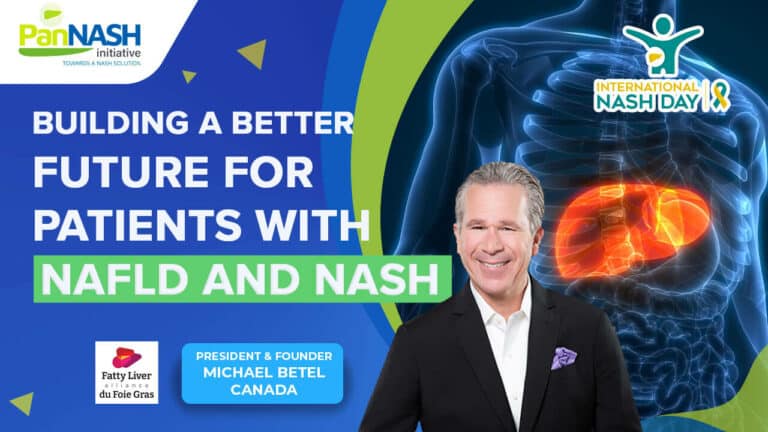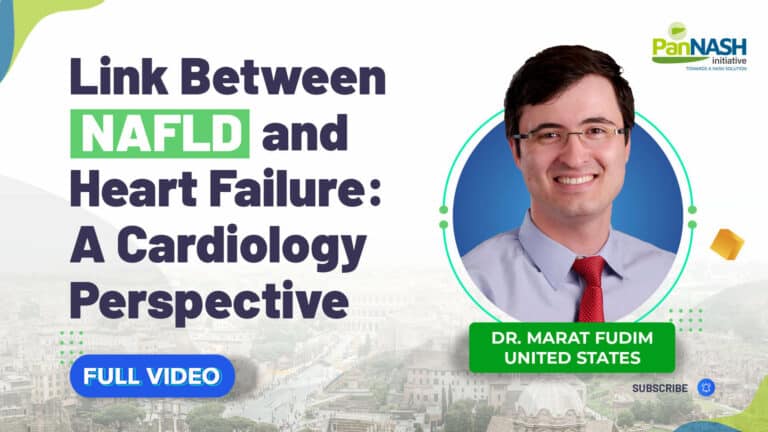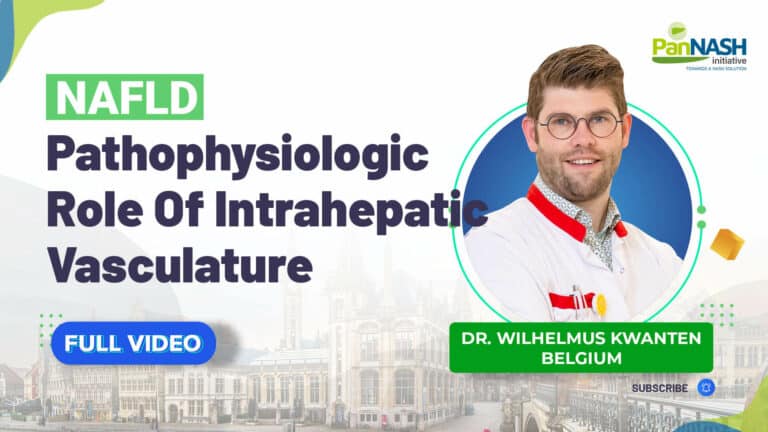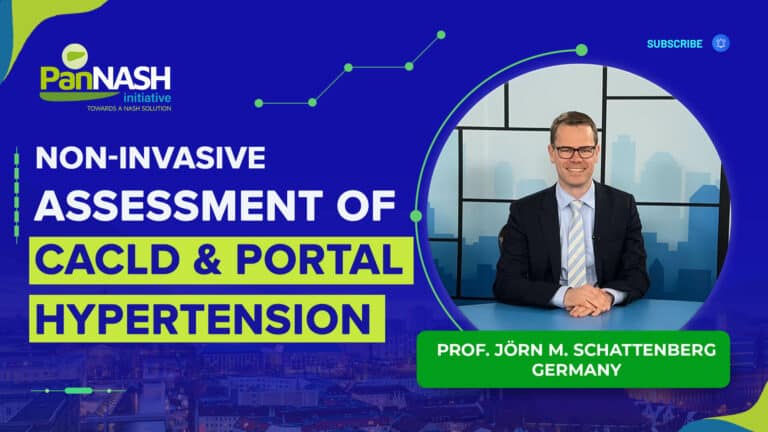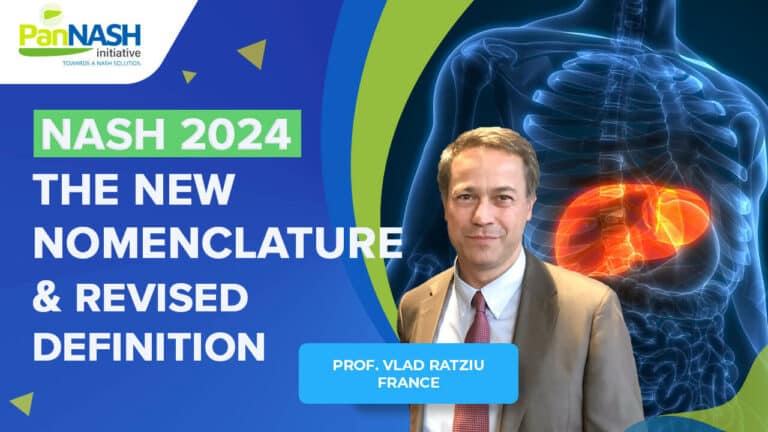
NASH 2024: The New Nomenclature and Revised Definition
Dive into the transformative world of liver health with Prof. Vlad Ratziu's enlightening insights on the latest nomenclature and definitions for steatotic liver disease. Discover why the medical community is adopting a new, inclusive language for Non-Alcoholic Fatty Liver Disease (NAFLD), now redefined to reflect its complex interplay with metabolic dysfunction and lifestyle factors.

